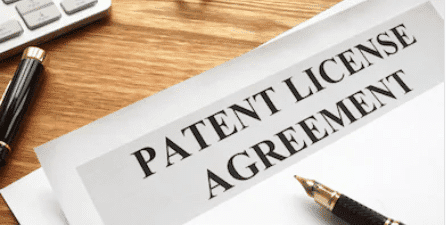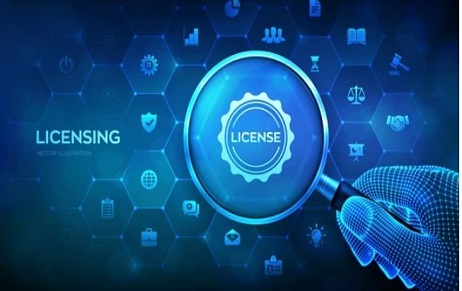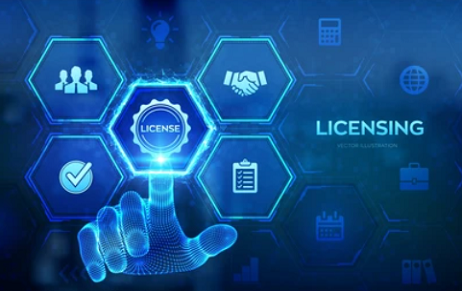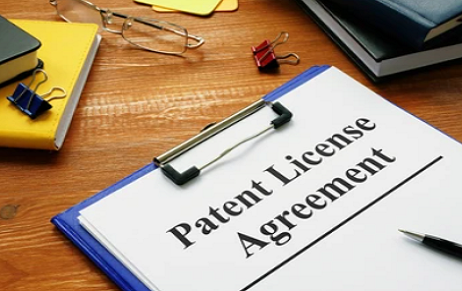Introduction India’s Journey in scientific and technological endeavors has been remarkable and stands as a…
Patent License Agreement
A patent license agreement is an arranged understanding between a patent holder and a licensee. When the parties have arranged the particulars of an understanding, the parties enter into an agreement where the patent holder (licensor) consents to permit the licensee to utilize, make, sell, or import the protected development to the US in return for a settled upon expense.

[Image Source: Shutterstock]
Appropriately drafting a permit arrangement is essential to evade questions that might arise. This is so on the grounds that the patent permit understanding incorporates what the licensee can and can’t do with the protected creation. A patent license agreement is a lawfully restricting agreement where both the licensor and licensee have obligations that they should perform as per the provisions of the patent license agreement.
What Terms Should a Patent Agreement Contain?
- Type of License
When drafting a patent permit understanding, a patent holder should initially figure out what kind of permit he needs to provide for the other party (licensee). There are two fundamental sorts of patent permit arrangements: Selective or exclusive agreement and non-exclusive agreements.
- An exclusive is one where the patent holder moves to the licensee the elite option to utilize, make, sell, and import the protected development to the US. In an unexpected way, in an exclusive understanding, the patent holder moves all rights to make, use, and offer the protected innovation to the licensee.
- In a non-selective/ exclusive agreements, the patent holder moves to the licensee the option to utilize, make, sell, and import the protected creation while the patent holder holds (keeps) the option to utilize, make, and sell the licensed innovation. In an indirect way, a non-exclusive agreement simply permits the licensee authorization to utilize, make, and sell the protected creation. Nonetheless, with this sort of understanding, the patent holder holds the option to permit the utilization of his innovation to other people.
- Installment
Ensure that the lawyer plainly characterizes the terms of installment. A portion of the patent holders has looked for a forthright installment notwithstanding a level of the benefits or deals. Nonetheless, ensure that agreement unloads what level of benefits or deals implies. Add enough detail to substance out what occurs in specific circumstances, for example, when the item is offered at discounted prices. This is the place the lawyer will concentrate the vast majority of his consideration and this is the major part of attention as this is the part where most of the disputes occur.
- Set the Term of the agreement of license.
There is very much need of bringing out some examination prior to locking agreement for a really long time in an authorizing understanding agreement of license. For instance, in the event that you award an organization a restrictive licensee to make and sell a couple of nail enamels that you created in return for an eminence, ensure that an agreement with that organization for a really long time shall not be secured since, in such a case that they don’t sell well, the measure of cash gained will to endure in the event if they don’t make enough deals. There is a need to set the term so that in case it is not benefitting under the current arrangement, the parties can walk out of the agreement as soon as possible to look for other, more rewarding arrangements with other parties.
Author: Niharika Singh, a 5th-year student of GGSIPU University, an intern at Khurana & Khurana, Advocates and IP Attorneys. In case of any queries please contact/write back to us at [email protected].



